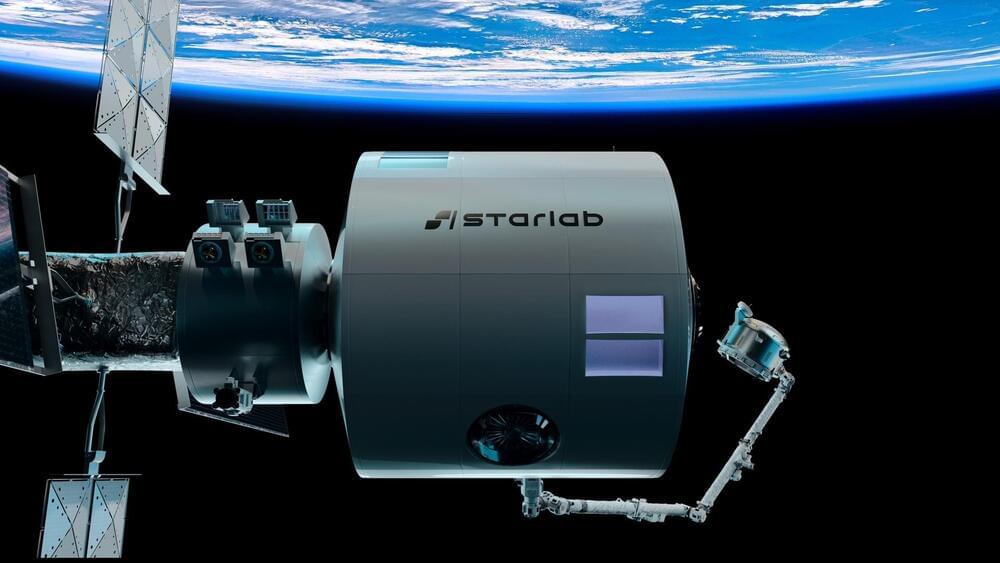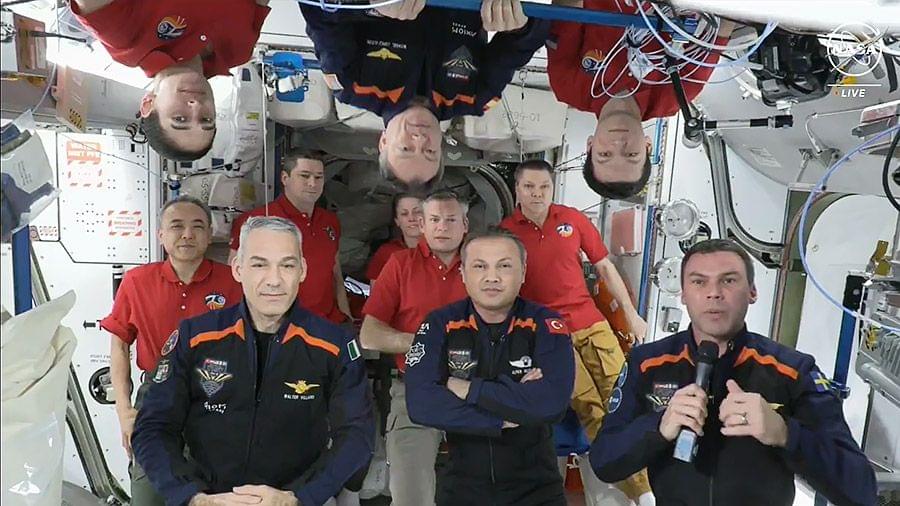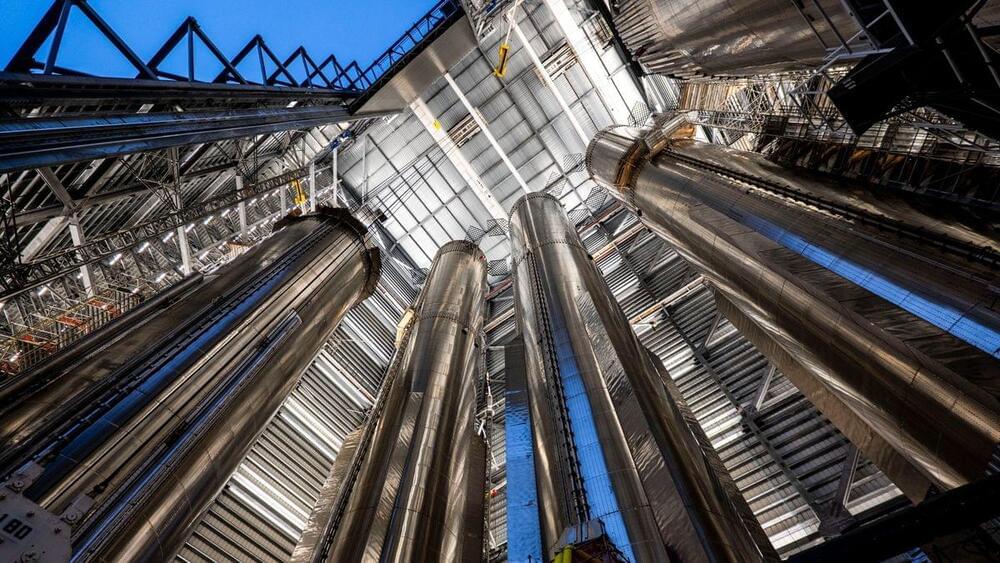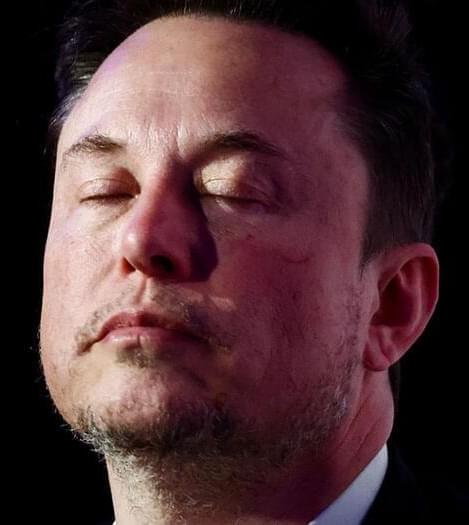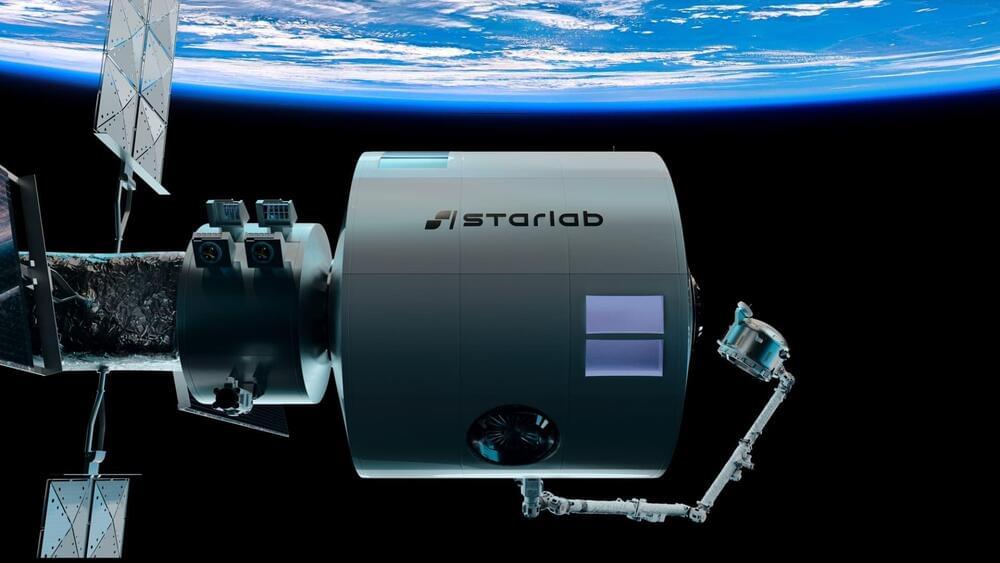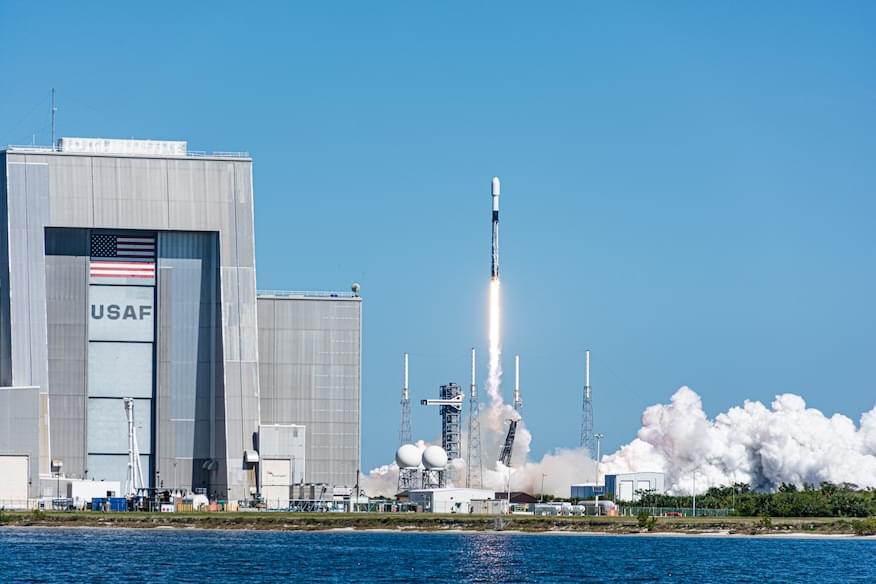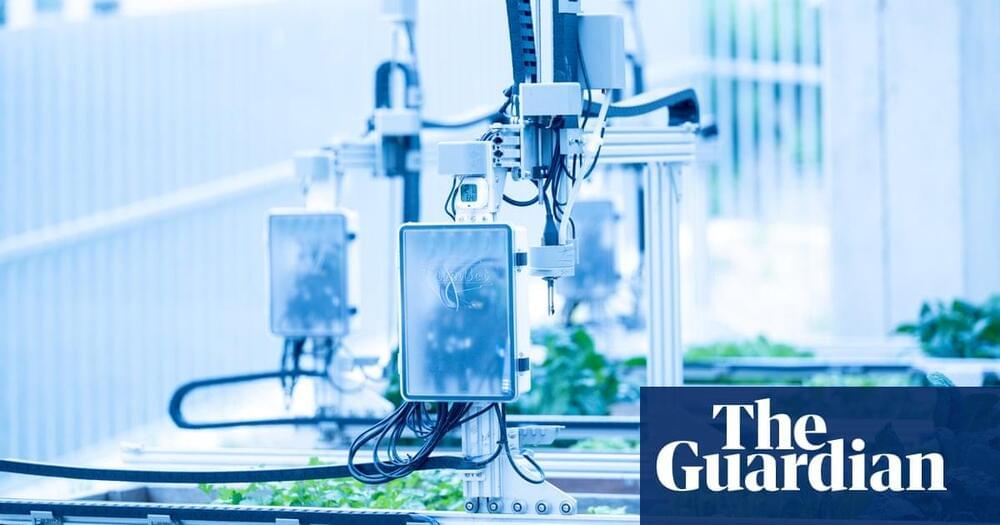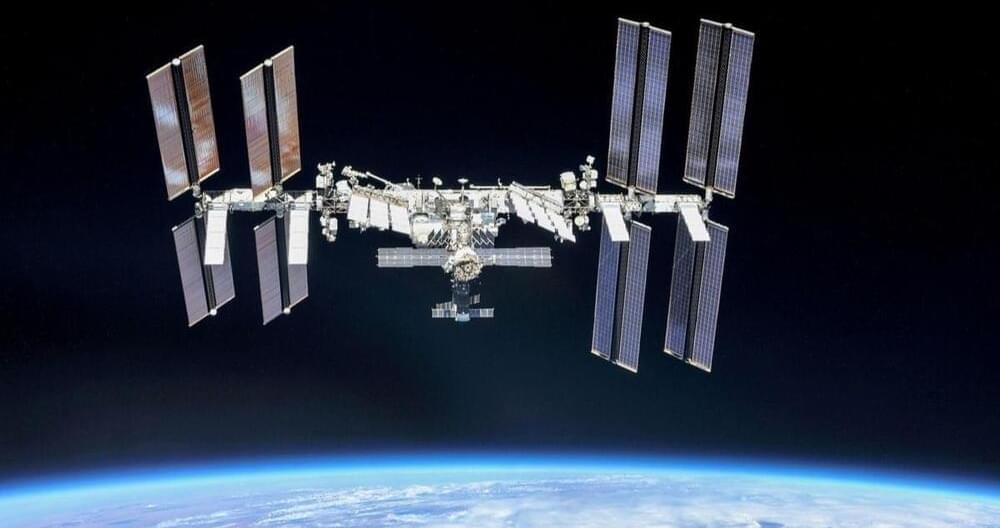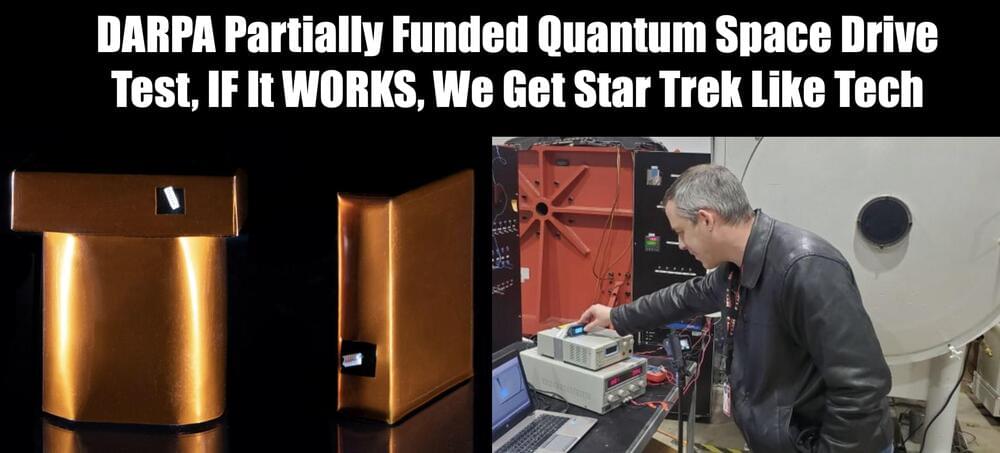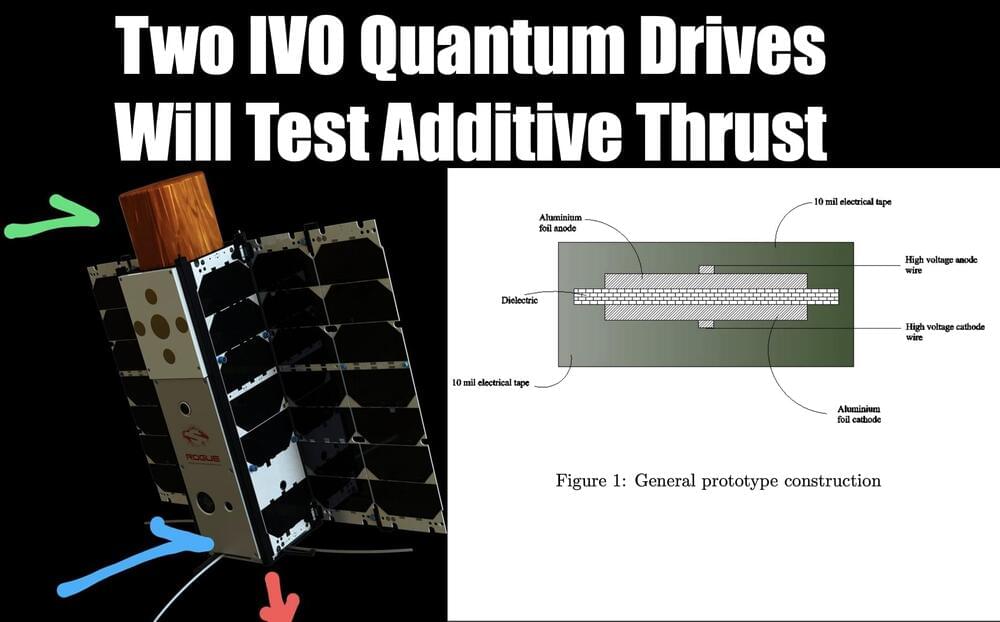
Barry-1 has 2 Quantum Drives: QD1 (Blue Arrow, internal) & QD1-TC (Green Arrow). Both are designed to produce thrust in the same direction (Red Arrow). QD1-TC is expected to produce about 2x the thrust of QD-1. CEO Richard Mansell said it has two drives a 0.25mN and a 0.65mN drive.
The DARPA funding (2018−2022 Quantized Inertia investigation) $1.3 million was for the researcher Mike McCulloch. But none of the DARPA funding has been or is yet for IVO is all privately funded. No VC or DARPA funds. The $17 Million DARPA Otter which appears intended for this type of work, but nothing has been allocated to my knowledge and definitely no DARPA funds have gone to IVO.
If they are fully successful, they will see both at once and see 3x thrust of QD-1. This would prove scaling via multiple devices. The devices are lightweight. If they have additive thrust, it will barely matter that the thrust is tiny. It means that arrays of thousands or millions of devices can be created. The devices might be one millinewton or less but then a million devices achieves constant one thousand newton thrust. The operation for a decade of multiple drives mean this would scale to full up interstellar drives. The best lab result is one watt for 52 millinewtons. The devices flown to orbit have far less thrust and each has different thrust so that it is clear whether zero, one or two devices are working.
